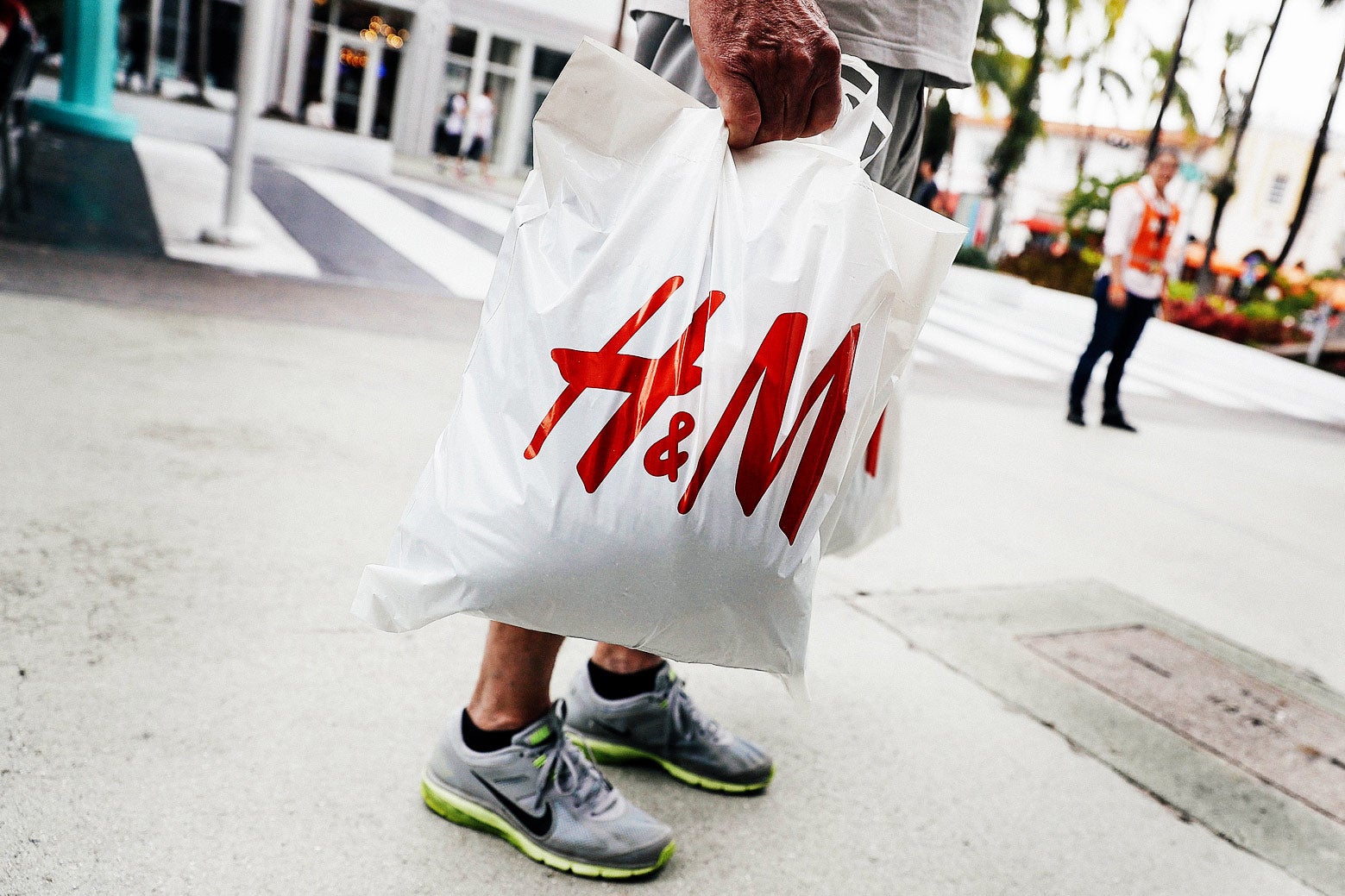H&M is good at making amazing frocks for the Met ball, but it’s less good at making money: The company’s profits for the first quarter of this year were down 69 percent, and it effectively ran out of cash in 2017. Cue the “pivot” headlines!
The latest pitch from the fast-fashion retailer, covered as a “pivot” in the Wall Street Journal earlier this week, uses lots of trendy buzzwords like A.I. and big data. The general idea is that by “using algorithms to analyze store receipts, returns and loyalty-card data,” H&M will be able to “tailor merchandise in each store to local tastes, rather than take a cookie-cutter approach.”
Stripped of its techno buzzwords, this is the old idea of localization, as laid out in a 2006 Harvard Business Review article by Vijay Vishwanath and Darrell K. Rigby. “The era of standardization is ending,” they wrote. “Smart retailers and consumer goods companies are starting to customize their offerings,” as part of a broader move “from standardization to localization.”
This is a formula that can work. Look at Waterstones, in the U.K., a bookseller that faces just as much competition from Amazon as Barnes & Noble does in the U.S. But while B&N is struggling, Waterstones is thriving. The difference: B&N is trying to compete by offering wine and big windows; Waterstones, by contrast, brought in a dusty old-fashioned book guy, James Daunt, whose first order of business was to empower store managers and give them almost total freedom in terms of which books they displayed where. No two stores would look or feel the same; all of them would reflect local tastes and mores. In 2017, its profits soared 80 percent from the year before.
Unfortunately for H&M, this sort of localization is very, very hard to automate. Computers are good at maximizing things: They can order more of what your customers want and less of what they don’t want. But you don’t need sophisticated A.I. algorithms for that. Any old point-of-sale software can tell you what’s selling. What the algos need to do is curate a store, and that is something they are not good at.
Daphne Howland, a contributing editor at Retail Dive, uses the example of a shopper who buys two jars of imported French honey every year—honey almost no one else wants. If she’s an important customer, or if the fact you stock that honey makes her love your store and keeps her coming back even when she isn’t buying it, then it makes sense to keep on carrying that honey. That’s the kind of decision that humans can make easily but that A.I. still finds very difficult.
Localization is a real thing and has been for as long as there have been shops: Shopkeepers know their customers and stock what those customers want. The difficulty comes when it’s attempted by global chains like H&M that rely on huge economies of scale and the ability to distribute identical goods to thousands of stores around the world. The bigger that a chain becomes, the more its sales are going to be a function of its global brand, rather than its idiosyncratic local stock keeping decisions. A.I. is not going to change that.
In the long run, local retail, imbued with deep local knowledge, is actually very well placed to thrive in a connected digital economy. Despite the rise of Amazon, most shopping is local and always will be. And for all of big data’s power, there’s something deeply inefficient about companies like Amazon or Unilever shipping razor blades hundreds of miles to my door, when they’re easily available at the drugstore across the street. This is why I’m reasonably confident that in the not-too-distant future, we will all have apps to which we can just say “deliver me some ice,” or “shit, we’re out of toothpaste,” or even “there’s no way I’m walking out the door in my same clothes from last night”—and the nearest, most convenient source of whatever you’re looking for will be able to get it delivered to you quickly.
In other words, local retail has the ability to disrupt Amazon more than Amazon has the ability to disrupt local retail. The “retail apocalypse” is not a function of Amazon, it’s a function of America having built vastly more retail square footage per person than any other country in the world. In shopping malls, a lot of that retail is doomed. But in neighborhoods, retail will always be profitable at a reasonable rent. Which means that big chains like H&M—or Sears, or Best Buy—probably don’t have too many pivots left in them.
